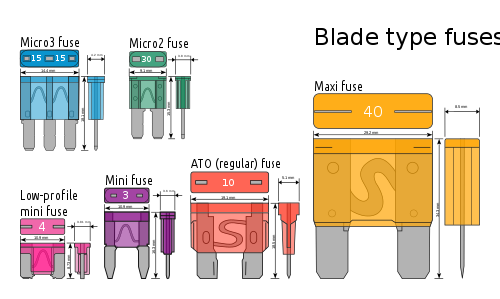I'm extremely new to dash cams so please pardon my ignorance. How does one tell which fuse type is correct for their car? I drive a 2016 Mazda 3 GX sedan and I plan on having someone else install the hard wire kit.
The best way is to pull a fuse from your interior fuse box and look at it. It is most likely under your drivers side dash. There is likely a fuse puller in your engine compartment fuse box (at least one of them if there is multiple fuse boxes).
It probably uses low profile mini, but always best to double check.
Edit: Of course put the fuse box after checking.

